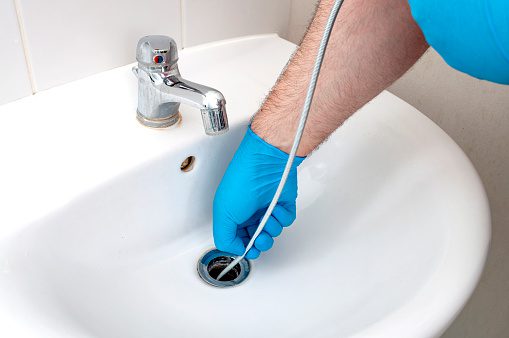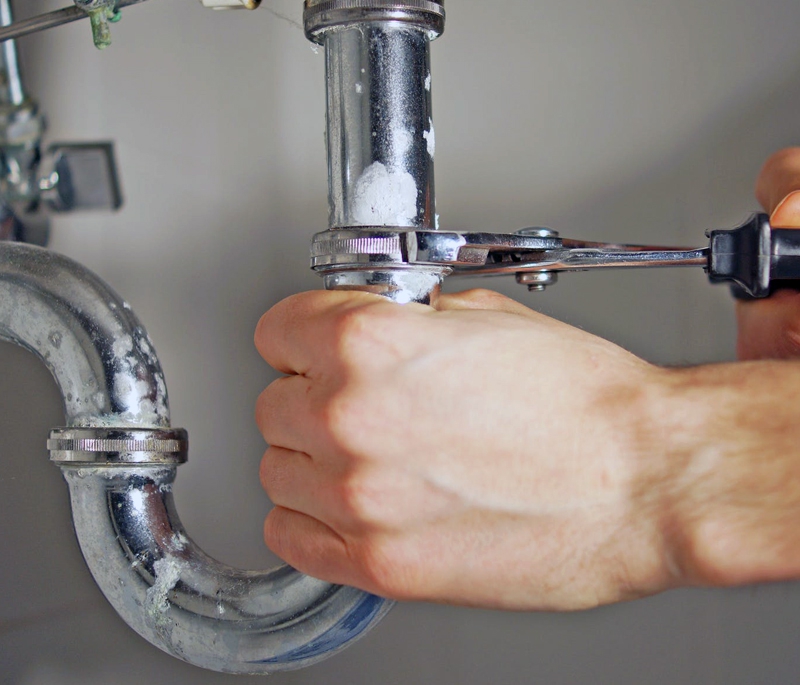My Highly-Rated Winterizing Strategies: A Few Approaches to Prevent Pipe Bursts
My Highly-Rated Winterizing Strategies: A Few Approaches to Prevent Pipe Bursts
Blog Article
The author is making a number of great pointers about Winterizing Your Pipes in general in this great article following next.

All house owners who live in temperate environments should do their ideal to winterize their pipes. Failing to do so can mean catastrophe like frozen, cracked, or ruptured pipelines.
Try a Hair Clothes Dryer or Warmth Gun
When your pipes are virtually freezing, your trusty hair dryer or warm gun is a blessing. If the warm towels do not aid displace any clearing up ice in your pipes, bowling hot air directly right into them may assist. You might end up harmful your pipelines while attempting to melt the ice.
Open Cabinet Doors Hiding Plumbing
It would be handy to open cupboard doors that are camouflaging your pipes when it's chilly outside. They might be somewhere in your kitchen or washroom. This will certainly allow the warm air from your heater to flow there. Because of this, you avoid these subjected pipelines from freezing. Doing this little trick can maintain your pipes cozy as well as limit the potentially unsafe results of freezing temperature levels.
Take Some Time to Cover Exposed Pipeline
One awesome and also simple hack to heat up freezing pipes is to cover them with warm towels. You can likewise use pre-soaked towels in hot water, simply do not forget to wear safety gloves to safeguard your hands from the warm.
Switch on the Faucets
When the temperature declines as well as it appears as if the frigid temperature level will certainly last, it will certainly assist to turn on your water both inside your home as well as outdoors. This will certainly maintain the water streaming with your plumbing systems. Additionally, the motion will slow down the cold process. Notably, there's no demand to transform it on full blast. You'll end up squandering gallons of water in this manner. Instead, go for about 5 decreases per min.
Turn off Water When Pipelines are Frozen
If you notice that your pipes are entirely frozen or almost nearing that stage, turn off the primary water shutoff promptly. You will typically discover this in your cellar or utility room near the heater or the front wall closest to the street. Turn it off right away to avoid additional damage.
Do not fail to remember to shut exterior water sources, as well, such as your connection for the garden house. Doing this will certainly prevent additional water from filling up your plumbing system. However, with even more water, more ice will certainly accumulate, which will ultimately bring about rupture pipelines. If you are unsure regarding the state of your pipes this winter months, it is best to call a professional plumber for an examination. Taking this positive approach can conserve you thousands of dollars in repairs.
All homeowners who live in warm climates have to do their best to winterize their pipes. Failing to do so can lead to disaster like icy, cracked, or burst pipes. If the hot towels do not help displace any type of clearing up ice in your pipelines, bowling warm air directly right into them may help. Transform off the primary water valve promptly if you see that your pipelines are totally frozen or virtually nearing that stage. With even more water, more ice will load up, which will ultimately lead to burst pipelines.
PREVENT YOUR PIPES FROM FREEZING THIS WINTER
A Leading Cause of Property Damage
When the weather is taking a deep nose dive into the cold dreary days, the risk of your pipes freezing and potentially bursting skyrockets. Unfortunately, during these cold dreary months, burst pipes are the most common denominator for property damage. The pipes that are most at the risk are those that are in areas where it is most cold in your home. For instance, pipes located in interior places such as basements, attics, and your garage. Unfortunately, that doesn’t mean that the pipes running through your cabinets or exterior walls can’t freeze. Good news, however, is that you can do things to help prevent pipes from freezing.
How to Prevent Pipes From Freezing
Once the temperature starts to drop during the winter, you should be taking the proper measures needed to ensure that your pipes stay warm and that there is circulation of water through them. Some steps that experts may recommend could go against your better judgement when it comes to saving water and heat. However, it would go without saying that when expenses are compared, damaged pipes could put a bigger dent in your wallet than a water bill.
What Can I Do?
Keep your garage door closed. This is very important, especially if you have water supply lines running through your garage. Open your kitchen and bathroom cabinets to allow warm air to circulate through them. Allow air circulation throughout your home. Keeping the interior doors open will once again allow the warm air to circulate inside your home. Ensure your thermostat is running the same temperature throughout the night and day. If you plan to be away from home during the cold months, set your temperature no lower than 55° F. This should provide enough heat to keep the pipes warm and prevent any remaining water inside the pipes from freezing. For more of a long-term solution, add insulation to attics, basement, and other crawl spaces around your home. By allowing your faucet to drip, it will alleviate pressure in the system. This is important because the pressure that is created between the blockage and the faucet can potentially cause the pipes to burst. Allowing the faucet to drip will prevent the pressure from building up, therefore keeping the pipes from bursting. Seal any cracks, openings, and crawl spaces around your home to prevent cold air from coming inside. This keeps your pipes-not to mention your home-warmer and less susceptible to issues caused by freezing temperatures. For the pipes in your home that are easily accessible, applying electrical tape to them might prevent them from freezing over. This is a quick fix, as you can apply the tape directly to the pipe. There are two options for heating tapes. One turns on and off by itself when it senses heat is needed. The other type of heating tape needs to be applied when heat is needed and removed when not necessary. If you have exposed pipes in your home, you can check this website to take a look at a few options that would be available at a shop near you.

Hopefully you enjoyed our section about How to stop pipes from freezing during the winter. Thanks for taking a few minutes to browse our short article. In case you enjoyed our post please remember to pass it around. Kudos for your time. Visit again soon.
Stay calm, just ring. Report this page